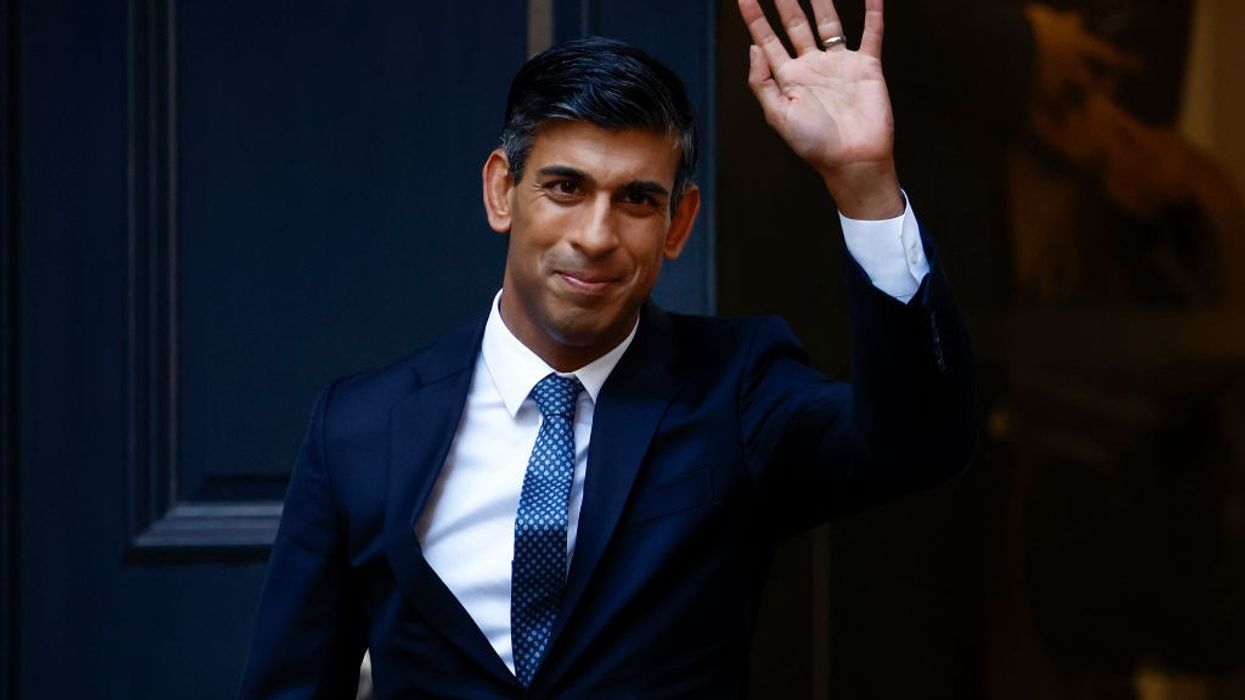WHATEVER your politics, it is undeniably a remarkable moment in history that the UK has appointed Rishi Sunak as the first British Asian prime minister.
My younger self would never have imagined seeing a brown man of Indian heritage in the highest political office in this lifetime.
Growing up in the UK in the 1960s, 1970s and early 1980s was tough, with racist attitudes and beliefs dominating the British landscape. There were no people who looked like you in positions of power, let alone lead the country. Although overt racism lessened in the late 1980s and 1990s, it became largely disguised or subtle, and we still didn’t see people like us in the highest positions in most industries.
Those born into immigrant families had it drummed into their psyches that they would have to work twice or thrice as hard, if not harder than white counterparts to prove themselves, simply because of skin colour. While this drove many to work super hard and become successful, it did great damage to self-worth and more so for those who couldn’t reach unrealistic demands. The underlying message from these narratives affected what you believed about yourself: you’re not white, you’re not good enough, and don’t belong.
Today, not only do we have a British south Asian prime minister, but we also have the mayor of London, Sadiq Khan – British-born of Pakistani heritage. There are also senior politicians, members in the House Of Lords, globally famous stars, billionaire business moguls and more.
Although Sunak and Khan’s political outlooks and background privileges growing up are vastly different, they are still inspiring role models. They show representation matters. And decades of research support that it has real-world implications.
Of course, representation is not one-dimensional, and just about the ‘skin colour’ because values and principles matter, too. But visual representation is the first thing people see, especially children. When a child switches the television on and sees a person who looks like them or their parents, that is powerful stuff. By seeing themselves represented, it boosts their self-esteem and self-worth because they feel seen and validated, which is particularly important for youngsters in minority groups, and something previous generations didn’t have.
So regardless of politics, this is the start of a new era and a hopeful moment for young people from all backgrounds to realise that the highest positions in all walks of life are possible. Every child can now say, “I can be like that person, they’re just like me”.
Encouraging children to take inspiration from visual role models doesn’t mean you have to agree with their world views. In fact, polarised outlooks can be used to help them better understand and navigate the complex world we live in. Just let them know it is entirely possible to set goals and smash glass ceilings. Change is possible! Anything is possible.
Don’t let anyone tell them otherwise. Now, we just need an Asian female prime minister. Any takers?
www.mitamistry.co.uk;Twitter@MitaMistry






 Novo Nordisk launches Ozempic in India as diabetes cases climb Getty Images
Novo Nordisk launches Ozempic in India as diabetes cases climb Getty Images  Ozempic weekly pens now available in India for type 2 diabetesiStock
Ozempic weekly pens now available in India for type 2 diabetesiStock  India gets Ozempic as obesity and diabetes numbers riseiStock
India gets Ozempic as obesity and diabetes numbers riseiStock  Doctors say Ozempic helps blood sugar and weight management in adultsiStock
Doctors say Ozempic helps blood sugar and weight management in adultsiStock





